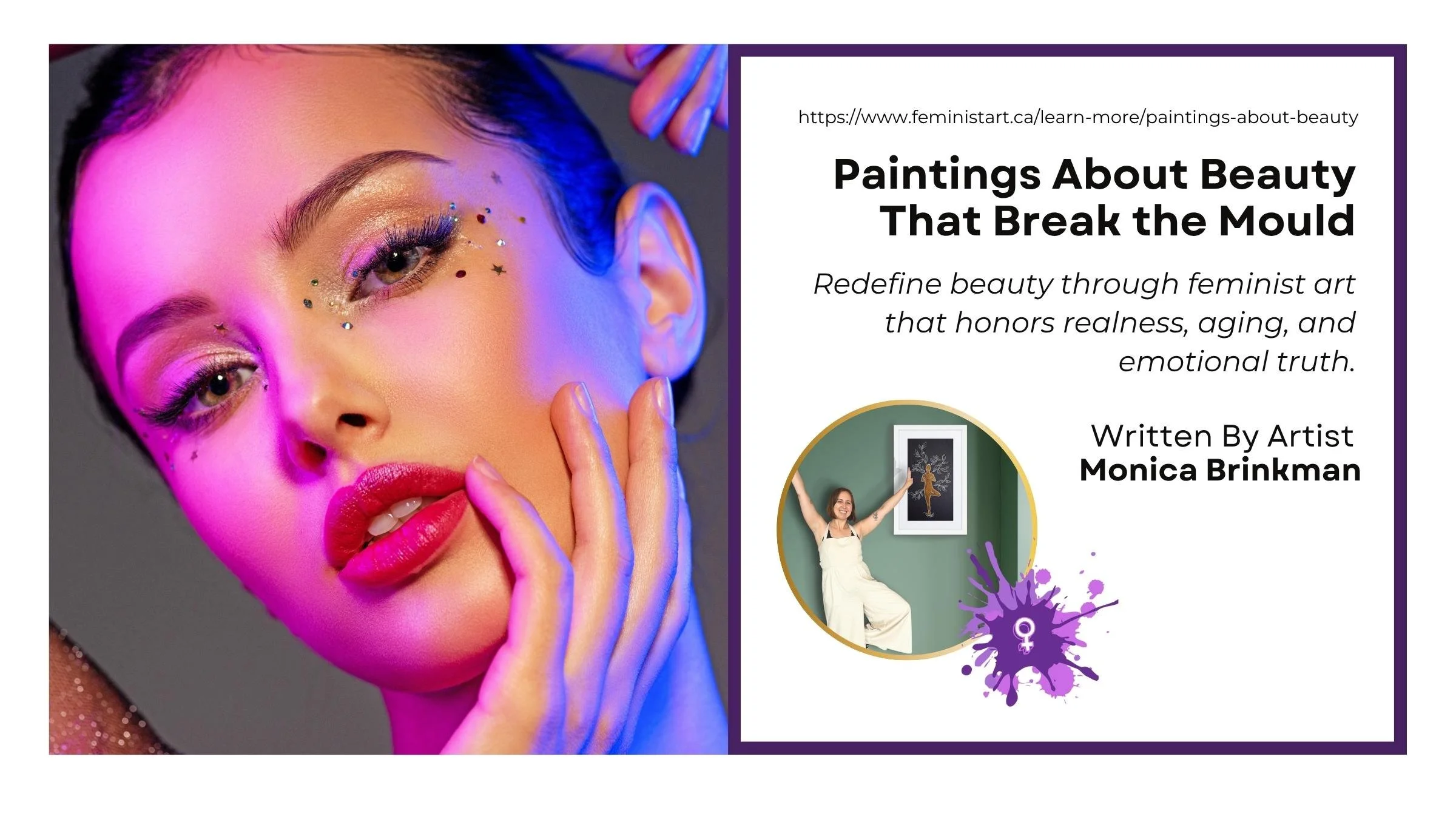Learn More About The Feminist Art Movement
White Rabbit Spiritual Meaning
The white rabbit has captivated the human imagination for centuries, embodying profound spiritual meanings across cultures and practices. Symbolizing purity, transformation, and divine guidance, this mystical creature encourages us to trust our journey, embrace change, and remain connected to our higher selves. Whether appearing in dreams, meditation, or folklore, the white rabbit holds a sacred place in the spiritual realm, offering hope and clarity in times of uncertainty.
Feminist Iconography: Art, Symbols, and Impact
Feminist iconography has long been a vibrant and revolutionary force in art, championing the fight for gender equality through powerful symbols and creative expression. Journey through its rich history and uncover how these iconic visuals have shaped societies, inspired change, and adapted to reflect evolving perspectives and values over the centuries.
Animal Symbolism In Feminist Art
Animals in art carry deep symbolic meanings, reflecting cultural beliefs, spiritual themes, and human emotions. From the lion's strength to the butterfly's transformation, these representations connect us to universal truths and stories. Uncover the hidden messages behind animal imagery in artworks from ancient civilizations to modern masterpieces.
Mother-Daughter Paintings that Speak When Words Fall Short
Discover how mother-daughter paintings can become emotional anchors, gifts, and symbols of healing.
Hamilton, Ontario Female Art Scene: Discover What Makes It *VIBRANT*
Inside Hamilton’s female art scene: a creative city of galleries, events, and community.
Painting About Women’s Rights: Feminist Art That Speaks Without Words
Art that speaks louder than words, see how Monica paints women’s rights with fierce grace, and how it might shift your soul.
Paintings About Beauty That Break the Mould
Redefine beauty through feminist art. Monica’s paintings celebrate realness, aging, softness, and the power of emotional honesty.
Transformation Art: What It Means to Be Reborn Through Creativity
Discover how transformation art helps women reclaim their power and softness — through color, story, and soul.
Growth Mindset Painting: The Creative Power of Embracing Imperfection
Art that reflects your growth: How feminist paintings create emotional anchors for courage, softness, and self-evolution.








